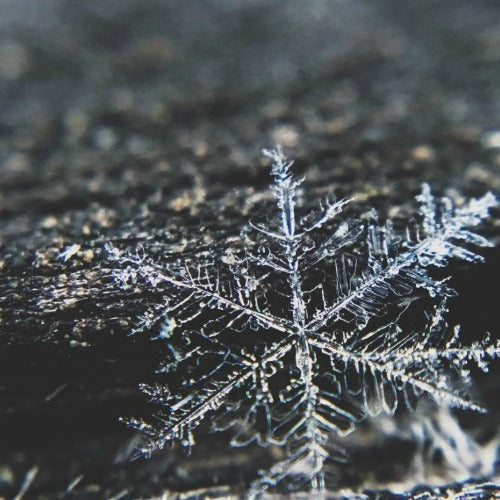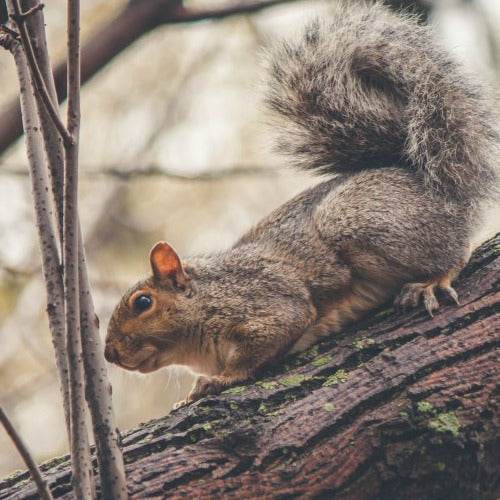Texana Bee Facts

General Facts
Osmia Texana Bee belong to the family Megachilidae and are members of the Megachile genus. They are non- aggressive and non-colonizing solitary bees. They are fuzzy with dark bodies and about the size of a house fly.

What do Texana Bees Pollinate?
Texana Bees are generalists; they don’t stick to certain blossoms they pollinate whatever they find and like. They are commonly known as The Berry Bee. Continued studies are being done each year. We know they are attracted to most berries, various fruits and garden vegetables, and an assortment of melons around the house or farm.

How many Texana Bees do I need?
A single Texana Bee visits 20,000+ blossoms per day, whereas a honey bee visits 50-1000. They pollinate 20-30% more effectively and efficiently than honey bees. We suggest 5 tubes of Texana Bees for every 100 square feet of garden area (10×10). If you need help figuring out what bees you need check out our step by step guide.

Emergence:
Texana Bees are spring time pollinators. They incubate for 1-7 days at 58-60*F and emerge (3-4 weeks after Mason Bees), find a nest, and begin pollinating. Once a nest is chosen they don’t travel more than 300 yards to pollinate. Their average pollinating season is 6-8 weeks, after which they die. Their offspring will hibernate over the winter and emerge the following year.

Habitat:
There are 2 essential items for prime Texana Bee habitat, 1. nesting place, 2. pollen. They will only remain in an area if they have a proper habitat.
- Best nesting place for Texana Bees are in reed tubes; To read more on nesting materials click here.
- Pollen source: berries and other various fruits, vegetables and an assortment of melons.

How you know your bees are working:
When honey bees are pollinating you can see huge swarms of bees around the tree. Fewer Texana Bees are required for the same job so they may be harder to spot. Some signs that show your bees are working include: new tubes being filled with clay, activity around the bee house, spotting bees on the blossoms, or flying around (though they are harder to spot), and the bigger and better tasting fruits at the end of the season.
If you feel there is a problem with your bees check out our troubleshooting page here.

Storing the Bees:
Texana Bees need to be kept cold to properly mature. Once you receive your bees keep them in a cold place such as the fridge, garage or cold storage. Store them below 40*F so they stay in hibernation from fall to spring. WARNING: If cocoons’ temperature exceeds 44*F for extended period of time they will not hibernate properly which may result in premature emergence and/or death.
Keep bees in cold hibernation until the temperature outside consistently exceeds 55*F and your blossoms begin to develop. Then it is time to place your bees in their bee house for releasing.

Setting up the bee house:
Place house facing between south and east. Bees are cold blooded and need the morning sun to warm them to begin flying. Bee houses should be in a secure place such as a tree, fence post, side of a house, barn or shed. Make sure bee house is at least 3 feet off the ground to deter ants. If you have squirrels in the area you may want to squirrel proof the houses with chicken wire.

Take Down and Winter Prep:
Osmia species require winter temperatures for successful emergence the following spring. In September take down the house (or cover) and place in a cold place until next spring. This will help keep parasites/predators away. If house is taken down early it can dislodge the larva from their food, be sure to store with their food at all times. This is also the best time to replace used reeds and purchase new bees. To learn how to replace reeds click here.
Contact us
At Mason Bees, we are here to answer any questions you may have. Whether you are interested in any of our products for you own personal garden or for your orchard, we have a solution for you. Feel free to reach us directly and we will respond as soon as possible.
Phone number: 8016489035
Email: masonbeesforsale@gmail.com
Address: Mason Bees LLC,
10090 N HIGHWAY 38, DEWEYVILLE UT 84309, United States
Get Mason Bees
Boost your garden's productivity by providing a Mason Bee House for peaceful, non-stinging bees. As bee populations struggle, home gardeners can play an important role in attracting bees and other pollinators
News & Updates
Sign up to get the latest on sales, new releases and more …
© 2025 masonbeesforsale.com. Designed by Out of the Sandbox. Powered by Shopify

